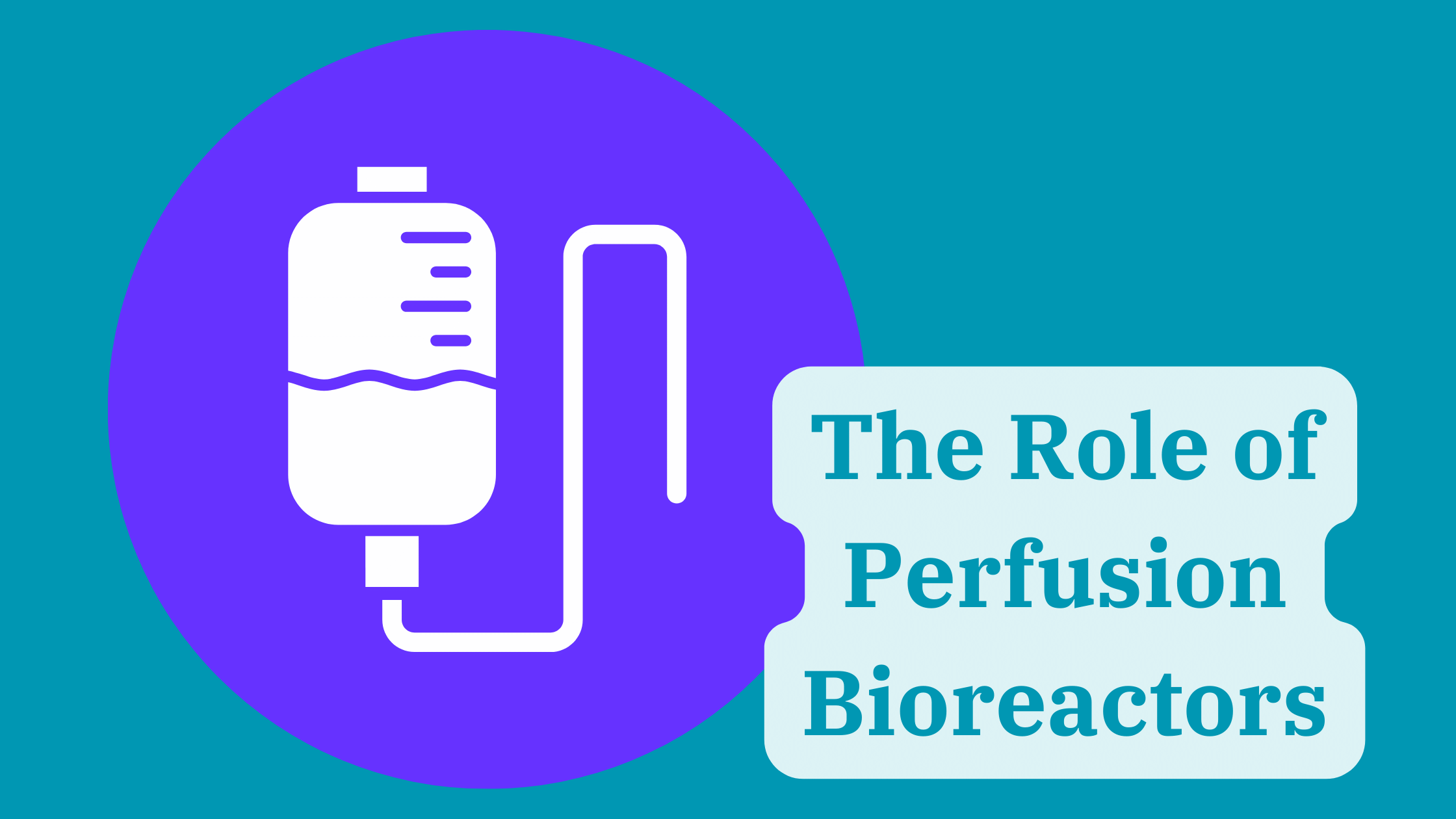
Tissue engineering stands at the forefront of biomedical research, offering the promise of regenerating damaged tissues and organs. A key player in this revolutionary field is the perfusion bioreactor, a sophisticated device that simulates the body’s natural environment to promote cell growth and tissue development. This comprehensive article delves into the role of perfusion bioreactors in tissue engineering, exploring their mechanisms, benefits, and the groundbreaking advancements they have facilitated.
Introduction to Perfusion Bioreactors
Perfusion bioreactors are dynamic culture systems designed to provide a controlled and physiologically relevant environment for the cultivation of tissues and organs. By continuously circulating media over the developing tissue, these bioreactors ensure the delivery of essential nutrients and the removal of waste products, closely mimicking the conditions within the human body.
The Significance of Dynamic Culture
Dynamic culture conditions, as opposed to static culture methods, offer several advantages:
- Enhanced Nutrient Supply and Waste Removal: Continuous flow prevents the accumulation of toxic metabolites and ensures a steady supply of nutrients, enhancing cell viability and function.
- Improved Mechanical Stimulation: The flow of media can provide mechanical forces that are critical for the development of certain tissue types, such as bone and cartilage, which require physical stimulation for proper maturation.
- Increased Mass Transfer: Perfusion enhances the diffusion of oxygen and nutrients throughout the tissue construct, crucial for maintaining cell activity in thicker tissues.
Advancements in Tissue Engineering
Perfusion bioreactors have played a pivotal role in numerous breakthroughs in tissue engineering, including the development of vascularized tissues, organ-on-a-chip models, and 3D bioprinted constructs.
Vascularization and Complex Tissue Constructs
One of the most significant challenges in tissue engineering is creating thick, vascularized tissues that can integrate with the host’s circulatory system upon transplantation. Perfusion bioreactors have been instrumental in overcoming this hurdle by enabling the pre-vascularization of constructs in vitro, thereby enhancing their survival and integration in vivo.
Organ-on-a-Chip Models
Perfusion bioreactors are also at the heart of organ-on-a-chip technology, where they are used to culture cells in microfluidic devices that mimic the physiological conditions of human organs. These models offer valuable insights into organ function and disease, as well as a platform for drug testing and toxicity studies.
3D Bioprinted Tissues
The integration of perfusion bioreactors with 3D bioprinting technology has opened new avenues for fabricating complex tissue constructs with precise control over architecture and cell distribution. By culturing printed constructs in perfusion bioreactors, researchers can enhance cell maturation and functionalization before implantation.
Future Perspectives
The future of perfusion bioreactors in tissue engineering is incredibly promising, with ongoing research focused on enhancing their efficiency, scalability, and versatility. Innovations such as the development of smart bioreactors equipped with sensors and feedback systems for real-time monitoring and control of culture conditions are set to further revolutionize the field.
Personalized Medicine and Regenerative Therapies
Perfusion bioreactors hold the key to personalized regenerative therapies, where patient-specific cells can be cultured to produce tailored tissue constructs. This approach has the potential to significantly improve the outcomes of transplantations and reduce the risk of rejection.
Conclusion
Perfusion bioreactors are a cornerstone of modern tissue engineering, providing the dynamic culture conditions necessary for the development of functional tissues and organs. As technology advances, their role in facilitating breakthroughs in regenerative medicine and personalized therapies continues to expand, heralding a new era in biomedical research and treatment.
For SEO optimization, this article incorporates relevant keywords such as “perfusion bioreactor,” “tissue engineering,” “dynamic culture systems,” and “3D bioprinting technology.” A meta description summarizing the article’s content, along with internal links to related research articles and external links to leading biomedical journals, will enhance its online visibility, making it a valuable resource for researchers, students, and professionals interested in the cutting-edge field of tissue engineering.